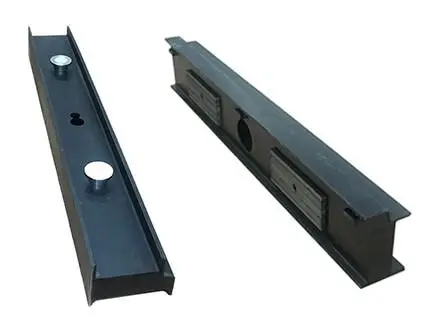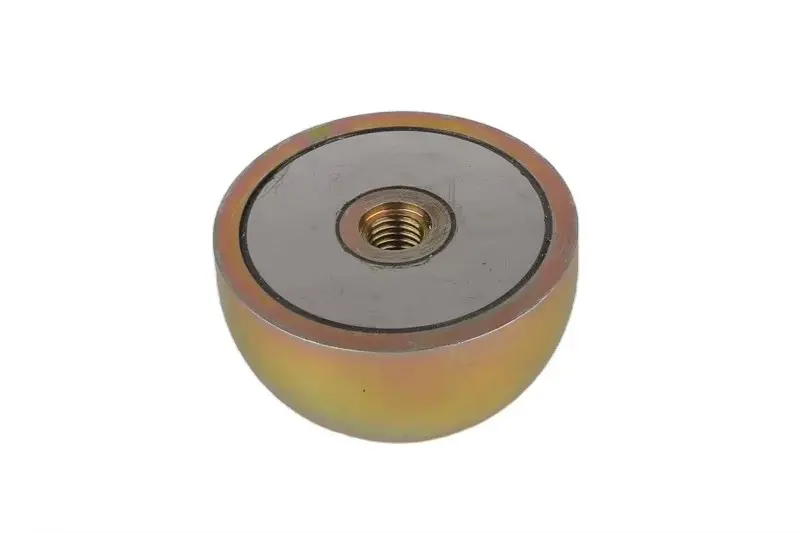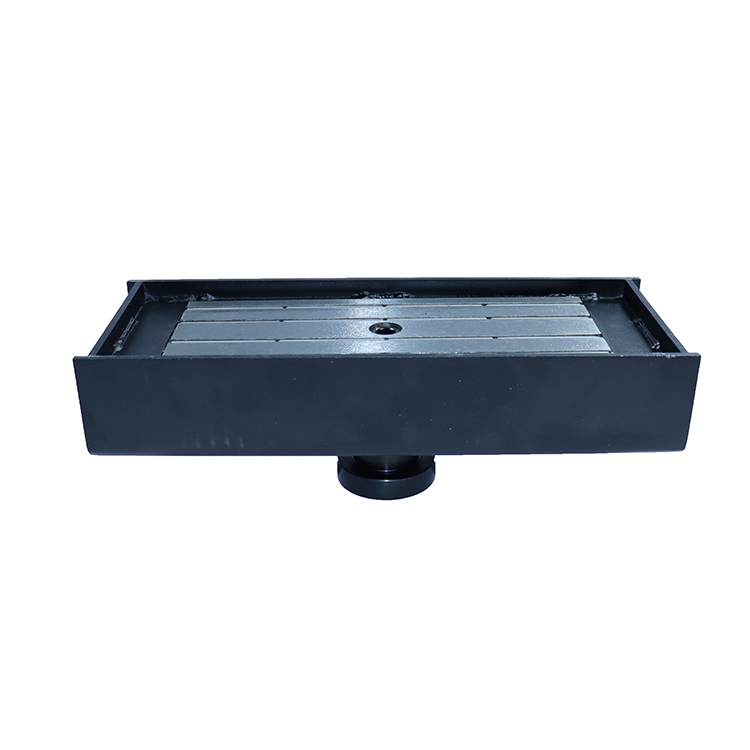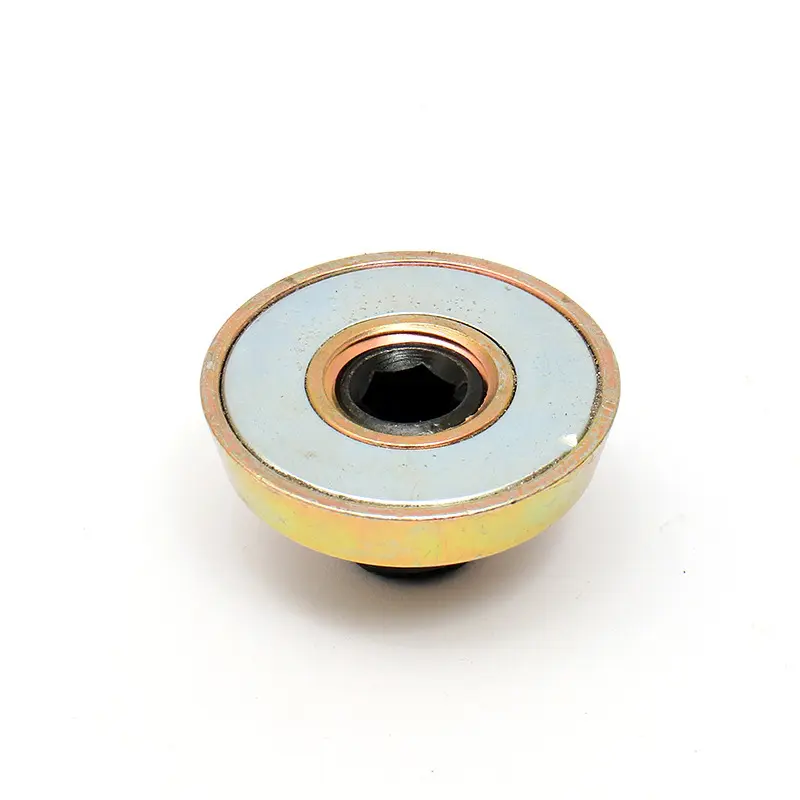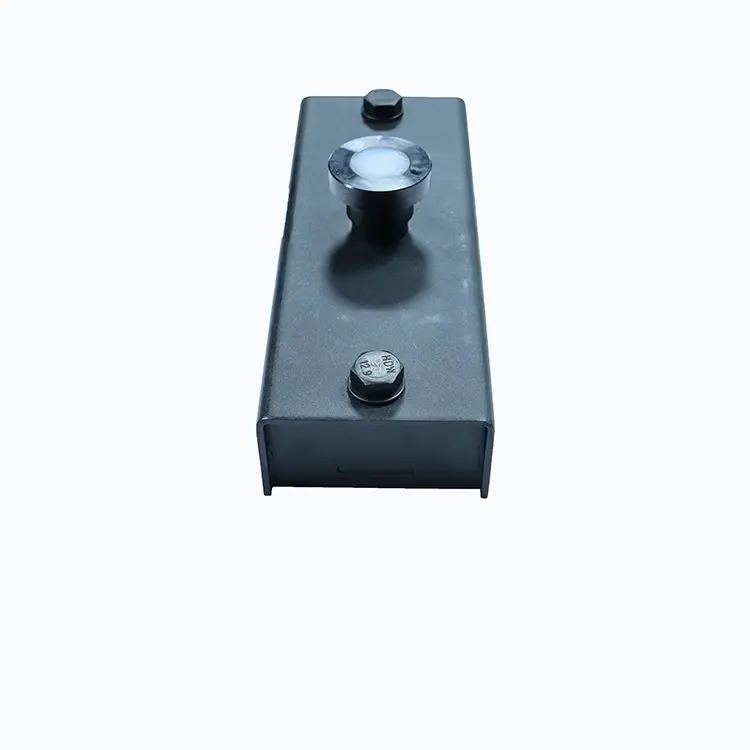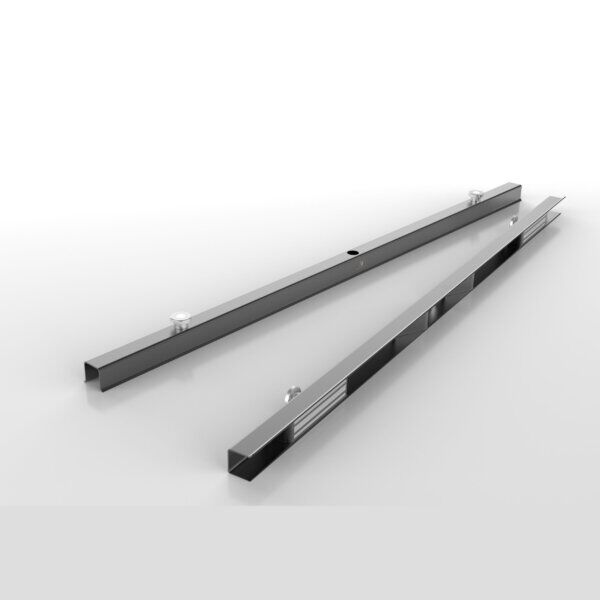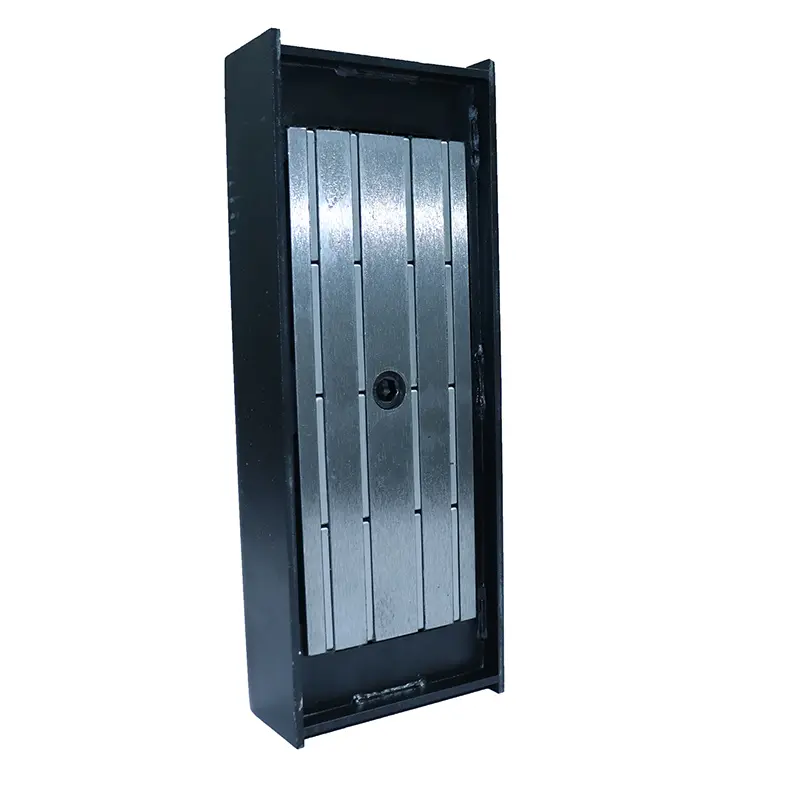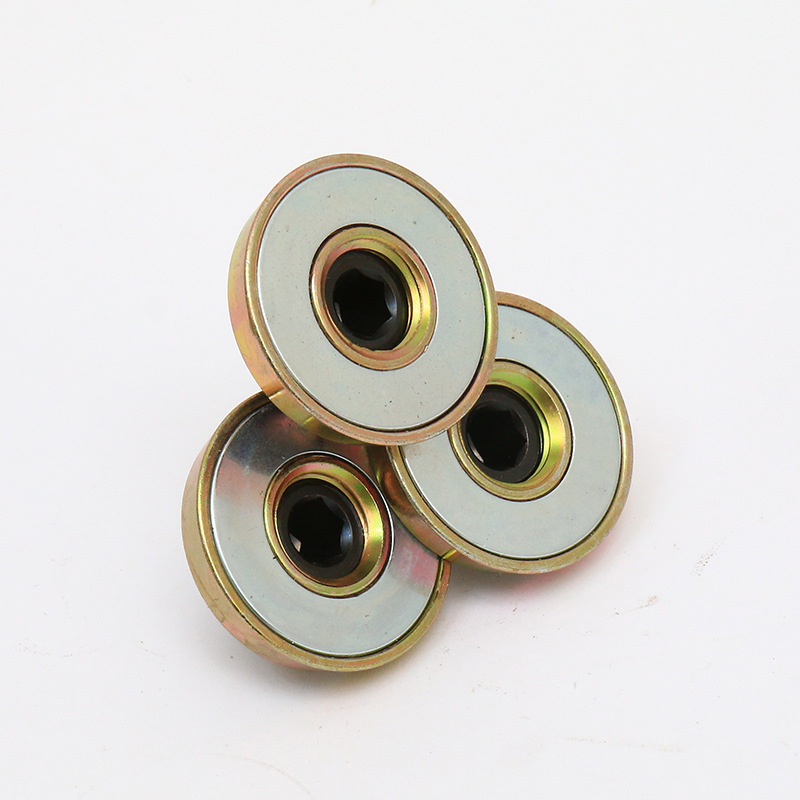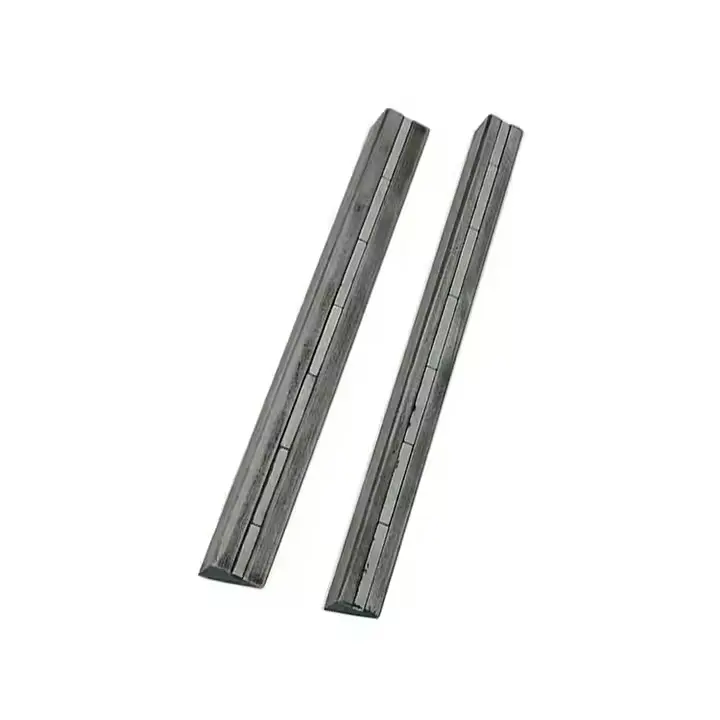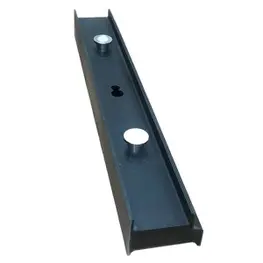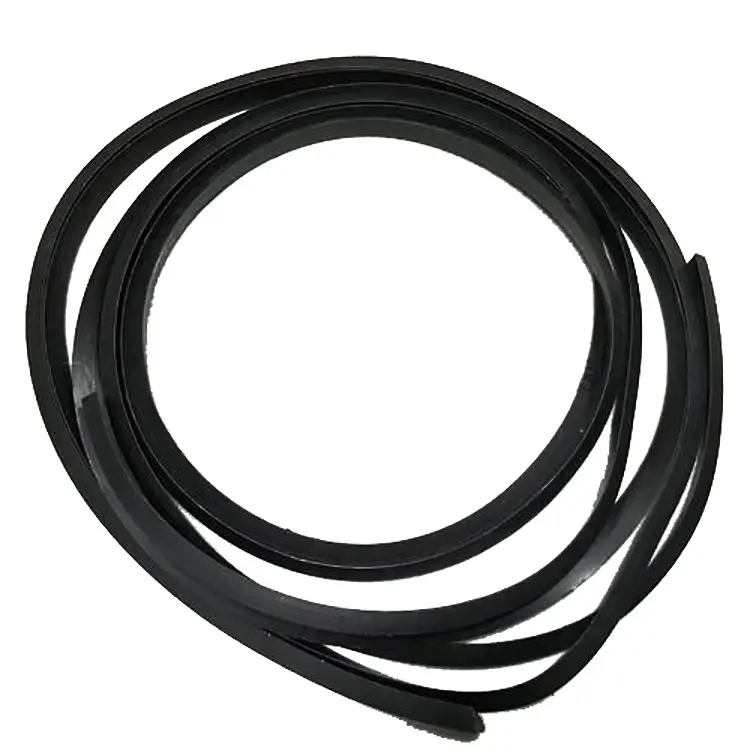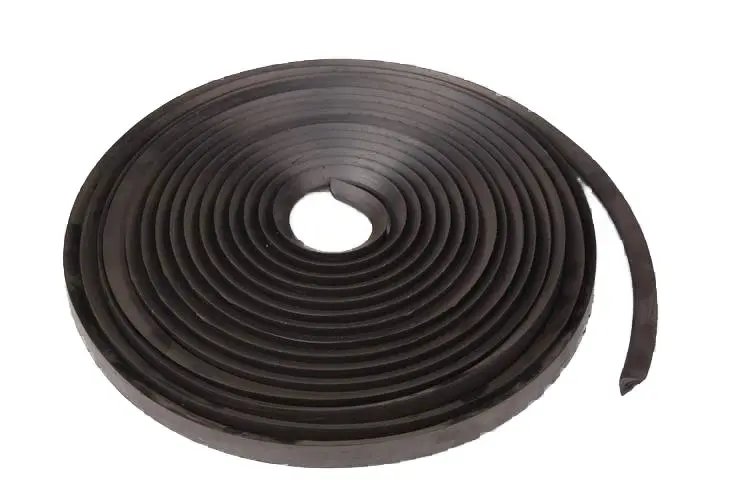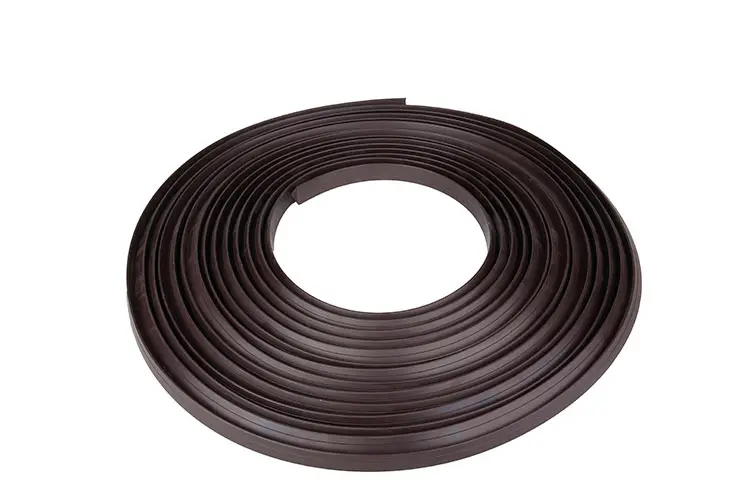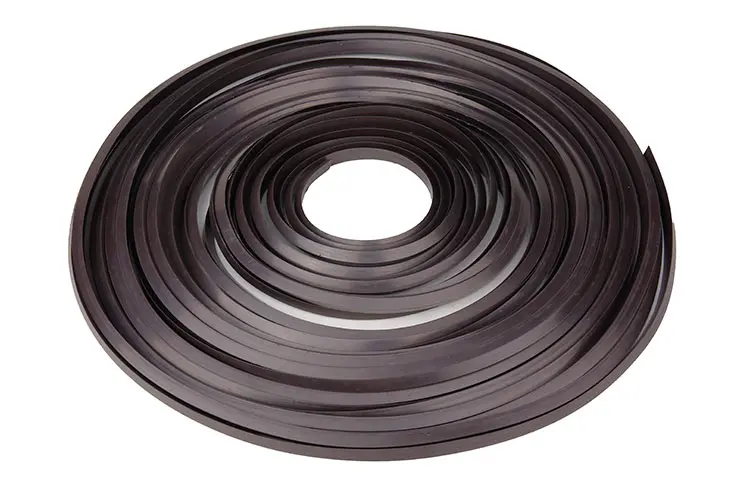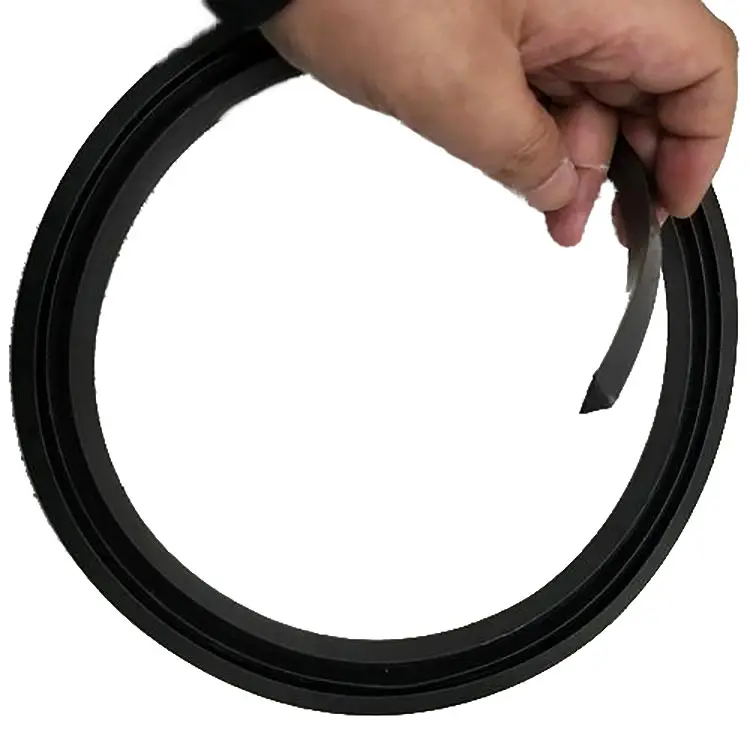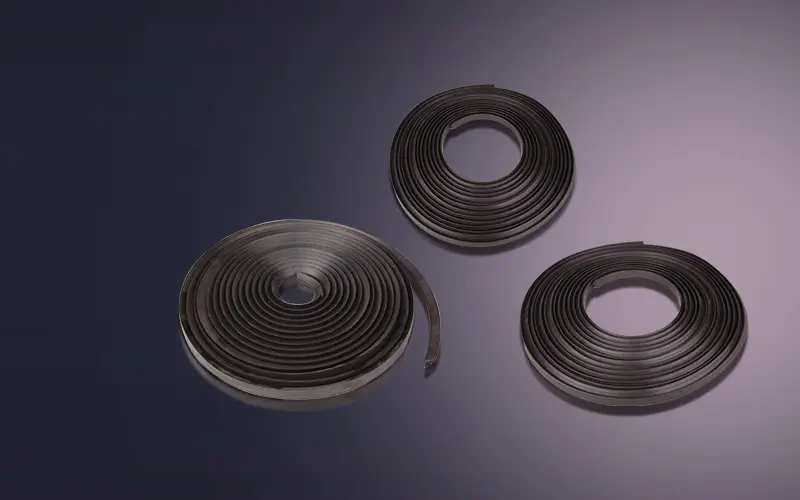Triangular Magnetic Chamfer For Precast Concrete
product detail
Introduction
Triangular magnetic chamfer strips are precision-engineered tools designed for the precast concrete industry, facilitating the formation of consistent beveled edges and corners. These strips enhance product aesthetics, mitigate edge spalling risks, and improve structural performance by ensuring optimal stress distribution. Key attributes include rapid installation, magnetic fixation, adaptability, and extended service life. They are widely employed in wall panels, columns, beams, and other precast elements.
Key Features & Benefits
Precision Edge Formation
Streamlines the creation of chamfers, dummy (control) joints, and integrated waterstops, ensuring alignment with engineering tolerances.
Prevents concrete spillage during pouring, reducing post-processing labor and material waste.
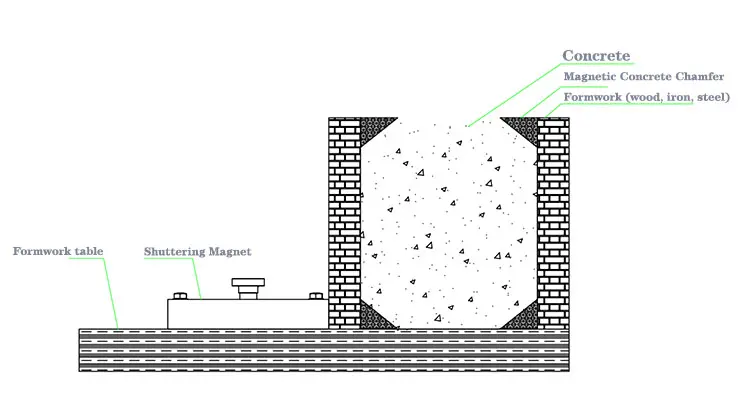
Magnetic Anchoring System
High-grade neodymium magnets or ferritic steel bases ensure secure adhesion to steel formwork, even under vibration during concrete placement.
Allows on-site repositioning to correct misalignment without disrupting workflows.
Material & Design Adaptability
Steel Strips: Heavy-duty applications (e.g., industrial slabs), offering resistance to high-pressure pours.
Elastomeric Strips (Rubber/PU): Flexible solutions for curved surfaces or delicate finishes, with UV/chemical resistance for outdoor use.
PVC Strips: Cost-effective for lightweight projects with minimal mechanical stress.
Durability & Compliance
Engineered for 100+ pour cycles (varies by material), complying with ASTM C857 (precast tolerances) and EN 1992 (structural concrete standards).
Non-reactive materials prevent concrete discoloration or adhesion issues.
Technical Specifications
|
Product Type |
Dimensions (W×H×L, mm) |
Material |
Magnetic Strength |
|---|---|---|---|
|
Elastomeric Chamfer Strip |
10×10×2000 15×15×2000 20×20×2000 |
EPDM Rubber |
Integrated NdFeB Magnets (N35) |
|
Steel Chamfer Strip |
10×10×2000 15×15×2000 20×20×2000 |
AISI 304 Stainless Steel |
Ferritic Steel Base |
|
Hybrid Trapezoidal Strip |
12×16×10×2000 |
PU with Steel Core |
Magnetic Retention (35 N/cm²) |
Notes:
- Standard lengths: 2m (modular designs allow field trimming).
- Custom angles (30°–60°) and embedment depths available.
Magnet Positions for Magnetic Concrete Chamfer Strips

Advanced Applications
Complex Architectural Elements
Curtain walls, sculptural precast units: Elastomeric strips conform to radii < 0.5m.
Fire-rated assemblies: Intumescent-coated strips maintain joint integrity under heat.
Structural Optimization
Reduces stress concentrations at rebar termination points, improving load capacity per ACI 318.
Facilitates waterproofing membrane integration at joints (e.g., below-grade parking walls).
High-Speed Production
Reduces formwork setup time by 20% versus traditional plywood/tape methods (data from PCI case studies).
Technical Considerations
Installation Best Practices
Surface prep: Degrease formwork to maximize magnetic adhesion (min. 25 N/cm² required).
Verify strip alignment with laser levels (±1mm tolerance).
Material Selection Guidance
For abrasive aggregates (e.g., granite), prioritize hardened steel or urethane-coated strips.
In corrosive environments (marine settings), use stainless steel or EPDM rubber.
Lifecycle Management
Post-use inspection: Replace strips with visible warping (>2mm deviation) or surface pitting.
Industry Compliance & Testing
- Compressive strength: >25 MPa (aligned with concrete demolding criteria).
- Thermal stability: -30°C to +80°C (per EN 13687 frost resistance testing).
- Certifications: CE Marking (EU), UL ECVP for fire-rated variants.
Environmental & Economic Impact
- Reusable design reduces plastic formwork waste by ~15kg per 100m³ concrete (Green Building Council metrics).
- Low-profile strips minimize concrete usage at edges, cutting material costs by 3–5% per panel.
Conclusion
Triangular magnetic chamfer strips represent a fusion of precision engineering and practical innovation, empowering precast manufacturers to achieve high-tolerance finishes while optimizing production timelines. Continuous advancements in material science (e.g., graphene-enhanced elastomers) promise further gains in durability and sustainability. Industry collaborators are encouraged to engage with PCI guidelines and ASTM subcommittee initiatives to drive standardization.

